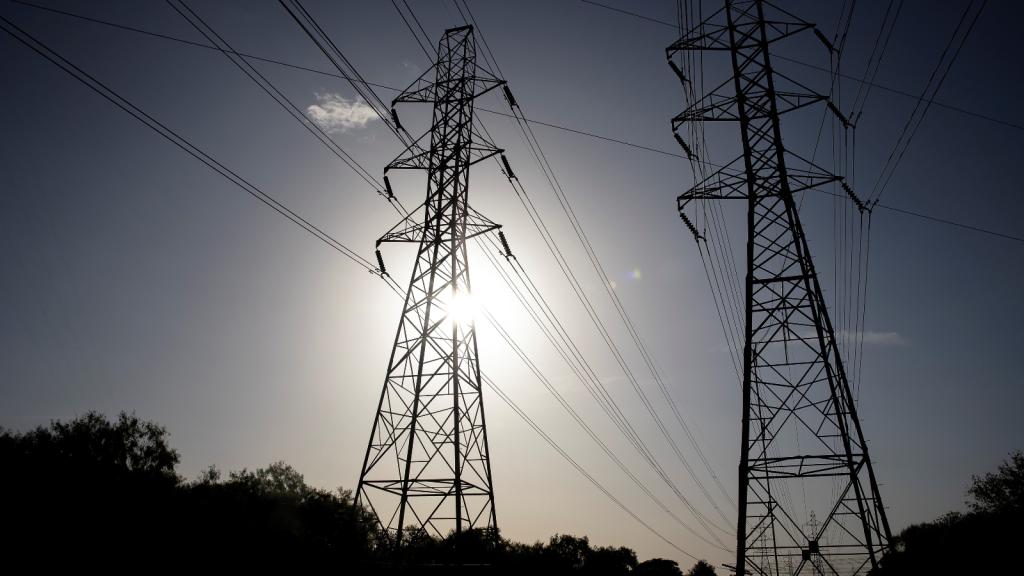I often spend parts of my day ranting against theoreticians and conference attenders who are essentially fiddling while Rome burns. I get really tired of the theorizing and the screwing around next to the chocolate dipped strawberries outside the panel discussion. That said, I realize there is an anti-intellectual flavor to this kind of thinking, and in some level of minor repentence, and a nod to the value of research and theorizing, I want to offer up three crucial questions we need answers to that will materially move the climate and sustainability movement forward. I welcome answers here, though I suggest some of these topics are worthy of extensive research by grad students or others. In fact, I’m talking with some smart people at CU right now about working on some of these. Here goes:
1. How does a corporation that actually wants to reduce its carbon footprint by investing in clean power ACTUALLY GET CLEAN POWER? This seems simplistic but it’s actually hugely compliated. Buying RECs is not clean power. Utility contracts may or not mean you are getting clean power. But most corporations can’t address their carbon goals without dealing with supply. What I’m looking for is direct causality that allows a business to directly offset electricty impacts. A conservative dude nearby recently told me to stop whining about our utility and get off my ass and solve the problem, like other businesses do. My response was: NO business has cracked this nut. Though Google is working on it. And I need to talk to Betsy Blaisedell at Timberland and Jim Hartzfeld at Interface to see how they have tried to or successfully cracked this nut.
2. What percent premium is a fiscally responsible/acceptable for a green power purchase if the price is fixed for 20 years? One way to actually get clean power would be to sign a power purchase agreement for, say, a new wind farm. That PPA triggers the new project, so it makes it possible, or “additional.” The price you pay is going to be more than current market rates for power. So my question is, based on what we know, or can find out about the future of energy costs, carbon regulation, etc., what is an acceptable premium to pay now so that by 20 years from now, you’d be even or ahead? Yes, yes, I know we need to recognize the value of clean power and pay more, but I dwell in the real world, and most corporations won’t willlingly spend tons more each year to be good citizens. But if a clean power contract is a price hedge, they will. So what is the number? 30% more today? 20%? And who says?
3. What is the best way to crack the split incentive in commercial real estate or sold real estate? Short story: there are trillions of dollars of savings and carbon reductions on the table in commerical real estate (big box stores, for example) from retrofits (HVAC and lighting) but many owners can’t capture them because the tenants pay the bills. Why can’t we fix this? Isn’t a solution as easy as saying to your tenant: I’ll fix your power bill at current rates forever. Ok? But I get any savings I can create. Any tenant, I’d think, woud say “yeehaw!” But that doesn’t seem to be happening. (Maybe it is, but I think it isn’t.) Similarly, if I build condos or commercial space to sell, what’s the incentive to make it energy efficient if I’m just going to sell it? And don’t tell me “green sells for more.” That may be true but it’s only true for a few people, and it’s not true in the world I’ve been operating it, in fact it’s not even on the radar.
Have at it people.


